Every week -- often with your help -- Food52's Senior Editor Kristen Miglore is unearthing recipes that are nothing short of genius.
Today: You can make baguettes at home -- in 4 hours, from nothing -- and they'll disappear faster than your favorite bakery's.
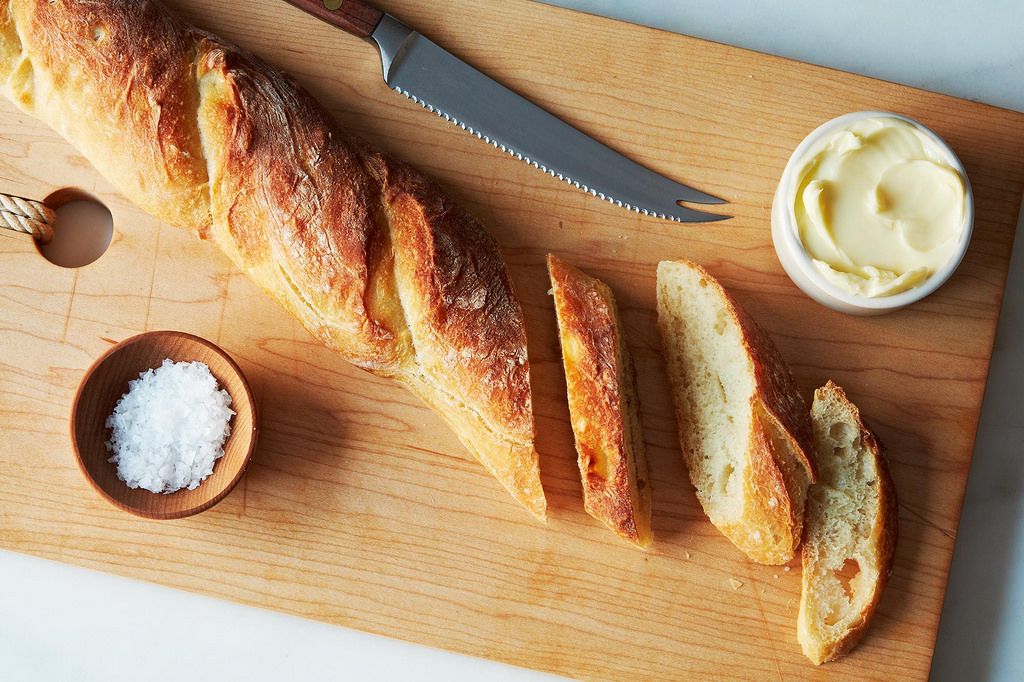
Raise your hand if you've always wanted to get into the rhythm of baking your own bread. Now raise your hand if you've actually done it.
Too many of us have hesitated, then let the thought slip away. We froze at the technical abyss of caring for a sourdough starter, couldn't commit to consecutive days of planning and tending. We don't know what we're making for dinner tonight, let alone in three days. (But one day we swear this will all come naturally, just as soon as we've got that wood-burning oven and proofing cabinet.)
Right. This recipe is the aggressive, no-more-excuses shove that we need.
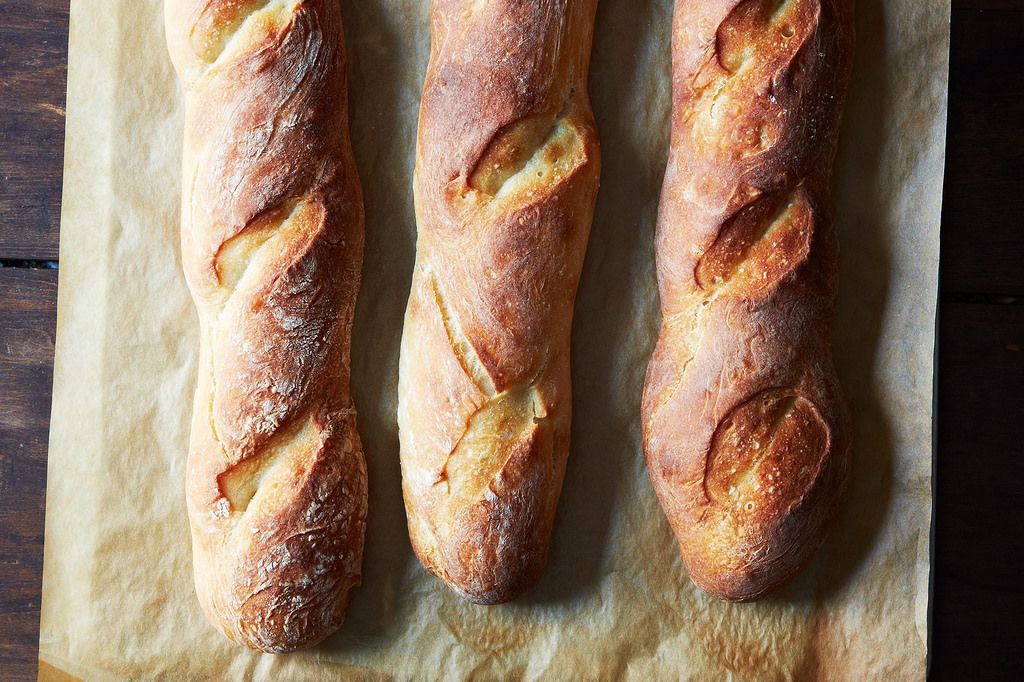
It comes from Dan Leader, founder of Bread Alone, via William Alexander's IACP-award winning Saveur Magazine story on American Bread. Leader developed the recipe to fit in home cooks' ovens and nestle into their schedules, with ingredients and equipment they've got nearby -- but he told me, "If I had to make it at Bread Alone, I'd make this recipe."
If I can make a really good baguette -- in 4 hours, from nothing -- you can too. It will have a resilient, toffee-colored crust and a honeycombed middle that huffs hot, yeasty air when you tear into it. The smell of it baking will simultaneously make you feel hungry, safe, and accomplished. It will taste like home and like Paris. It might have arrhythmic slashes across the top -- some would call them unprofessional; I call them spunky. (If you want to look like a pro, buy a nice lame.)
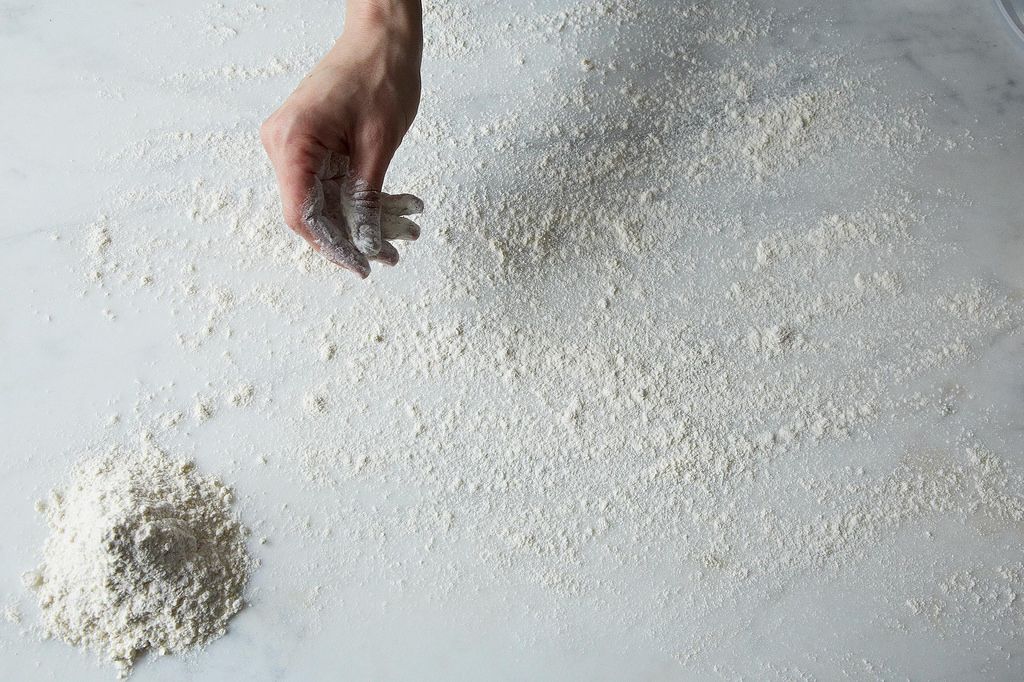
And it will only take you 4 hours of intermittent attention, and won't require a starter nor any equipment you don't already own. You have an oven, baking sheets, an ice cube tray, a skillet, parchment, and a pair of scissors, right? (Don't you love quizzes like this?) I'd bet you also have salt, flour, and water, probably even active dry yeast. (If not, the closest corner store does.)
"There are times when I plan out a menu only to realize I forgot to buy a baguette or two and can make this quick." Food52er Ashley Marie told me. "In addition, I find they're fun for when I want bragging rights for guests ('Why yes, these are really HOMEMADE baguettes I made fresh today')."
Here's how to do it -- as Leader says, "bread baking is more wait than work."

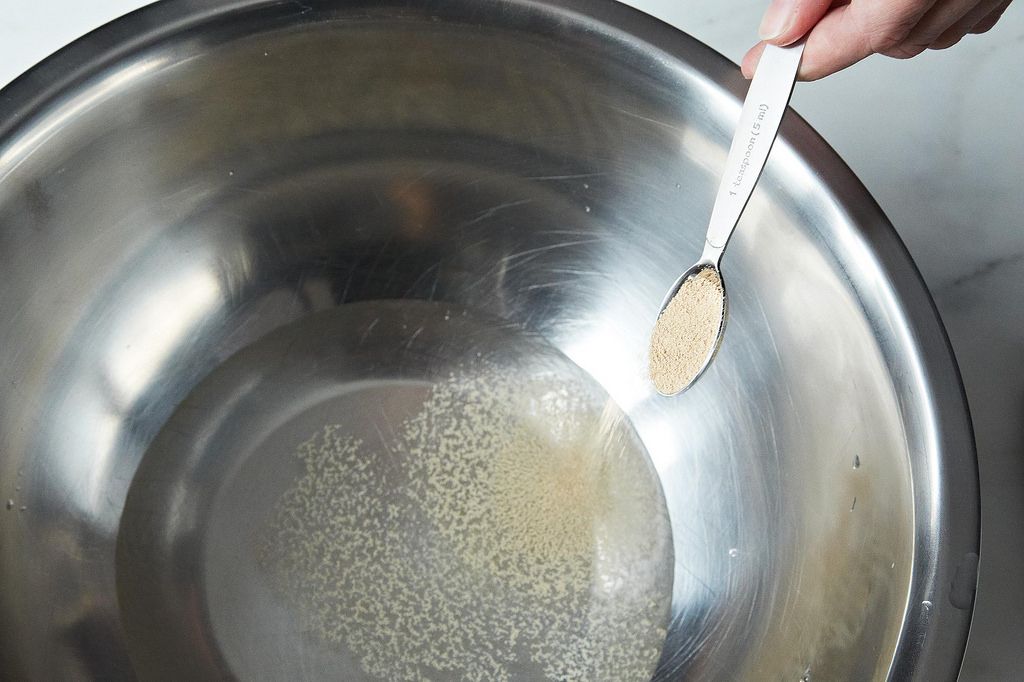
Stir together yeast and warm water. 10 minutes later, stir in flour.
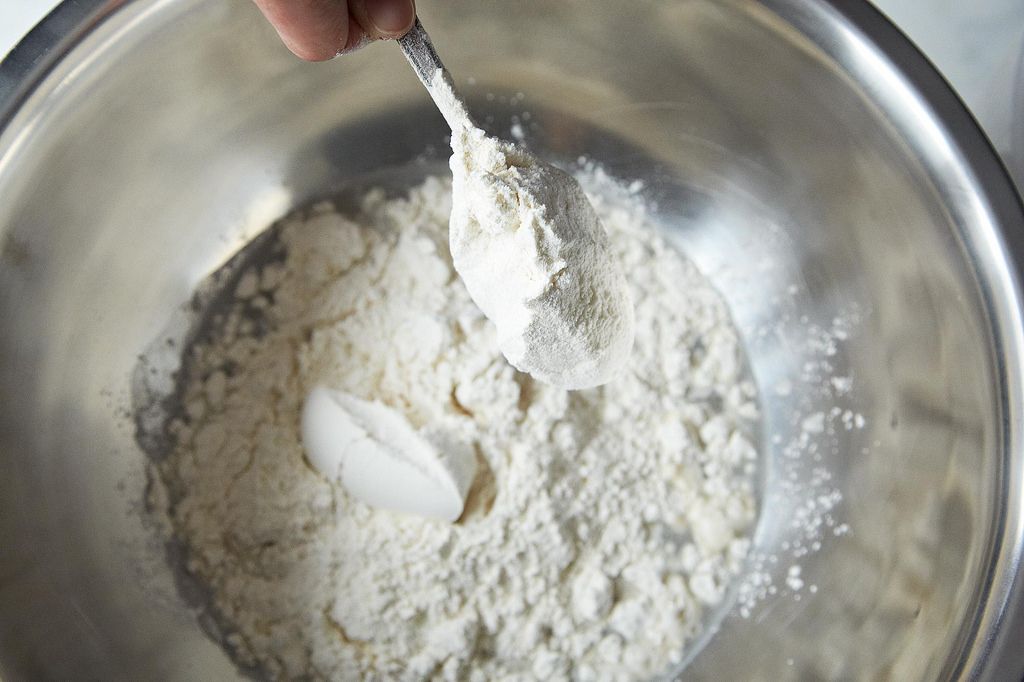
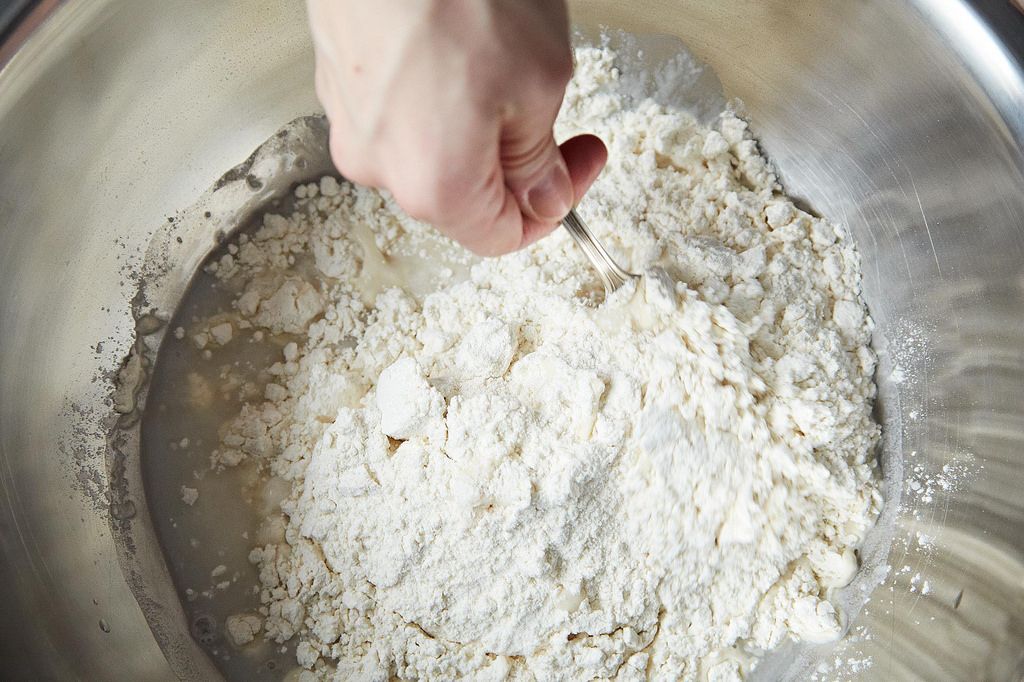
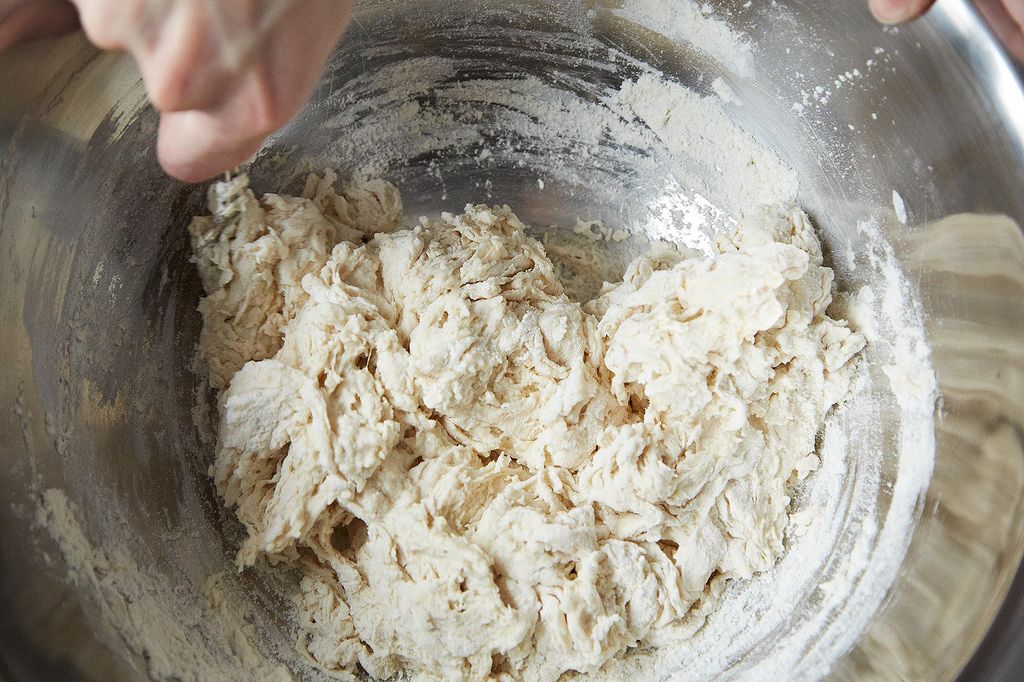
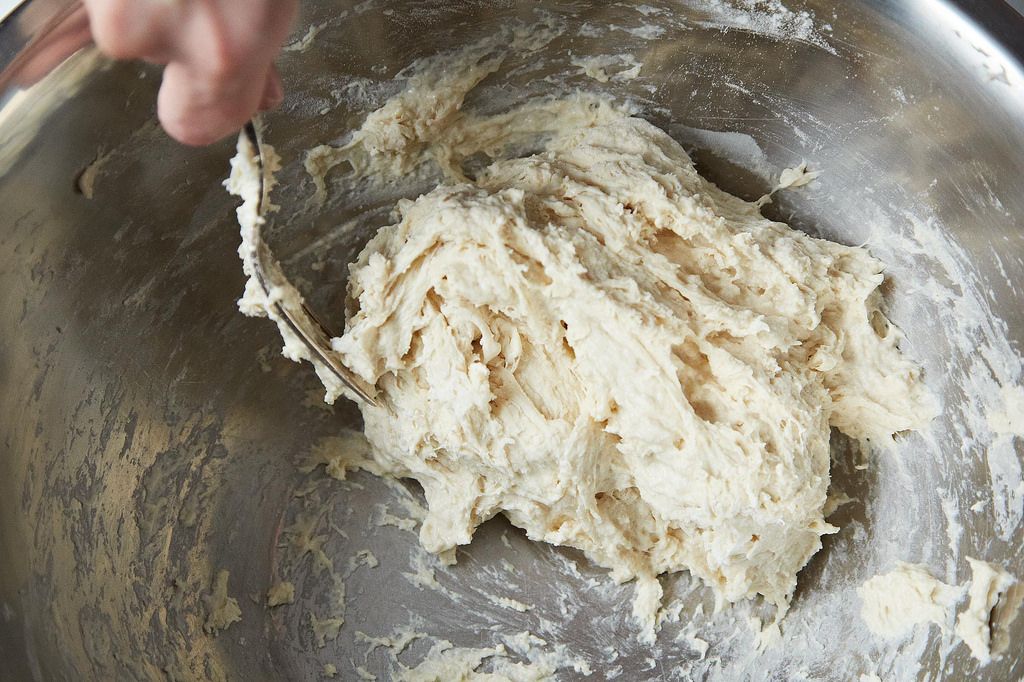
Let that hang out for 20 minutes to hydrate.
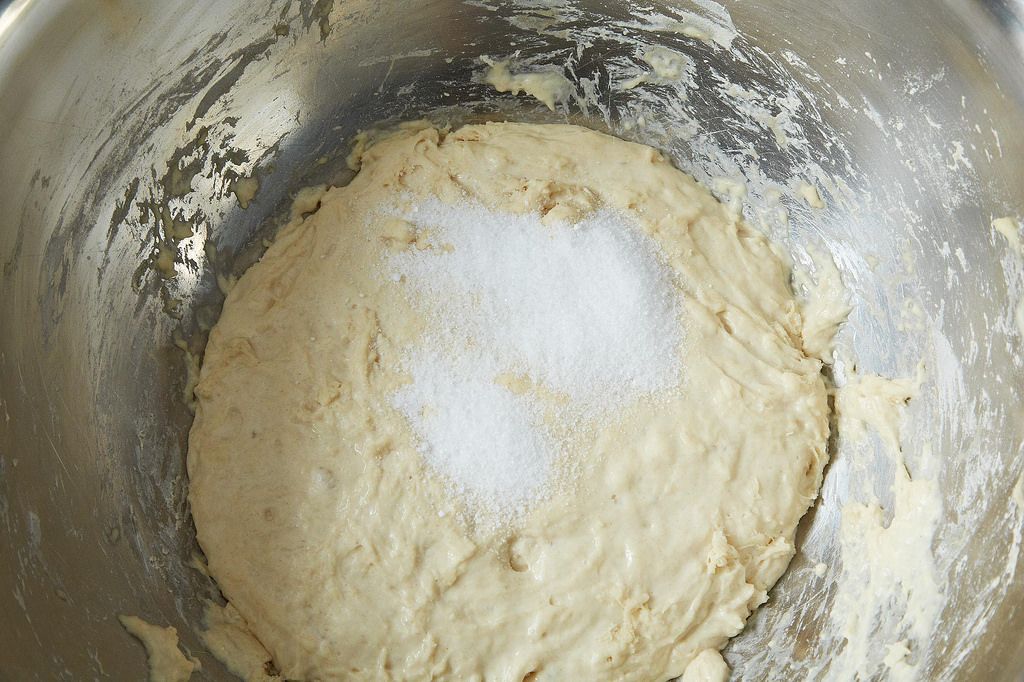
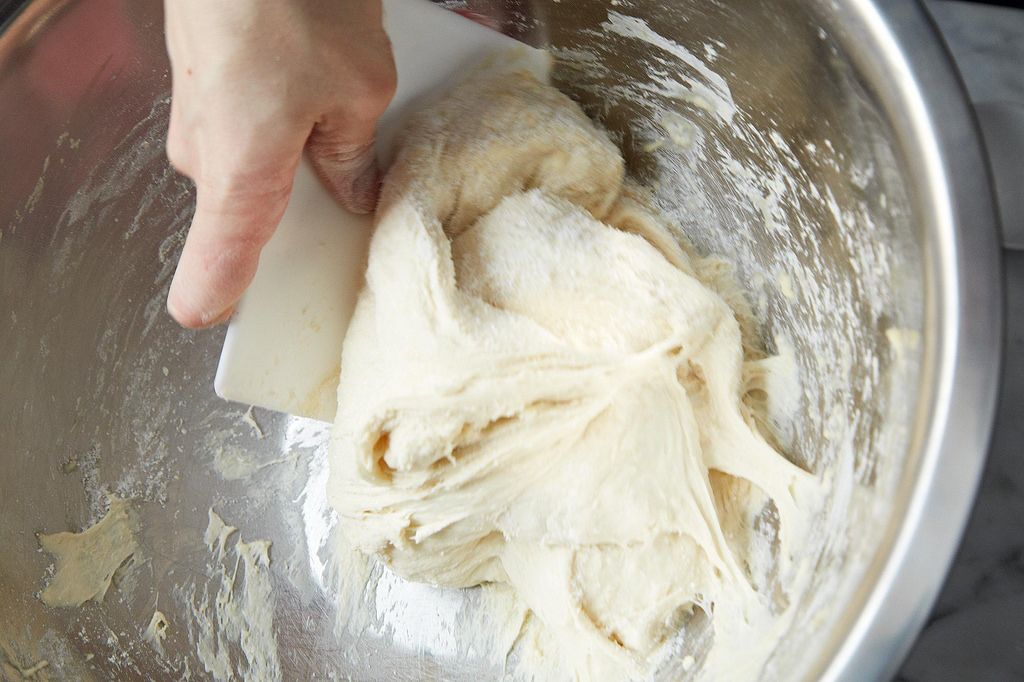
Now add salt and knead for about 10 minutes, till it's smooth and springy. You could do this in a stand mixer with a dough hook -- or food processor, which Alexander prefers -- but I think a good knead is better than an hour of psychotherapy, and it's free.
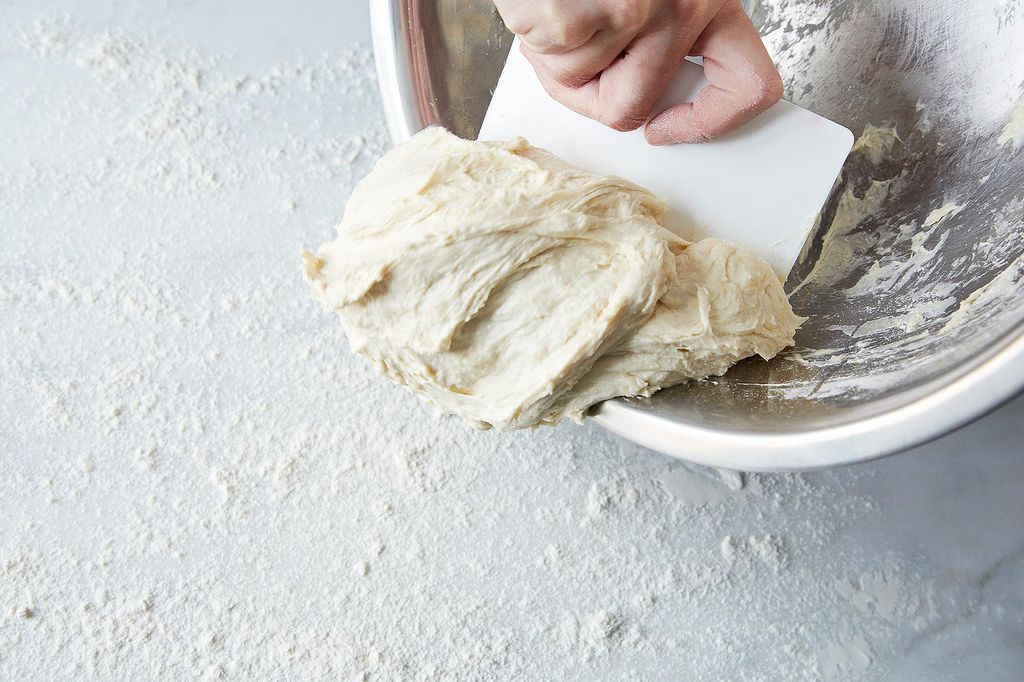
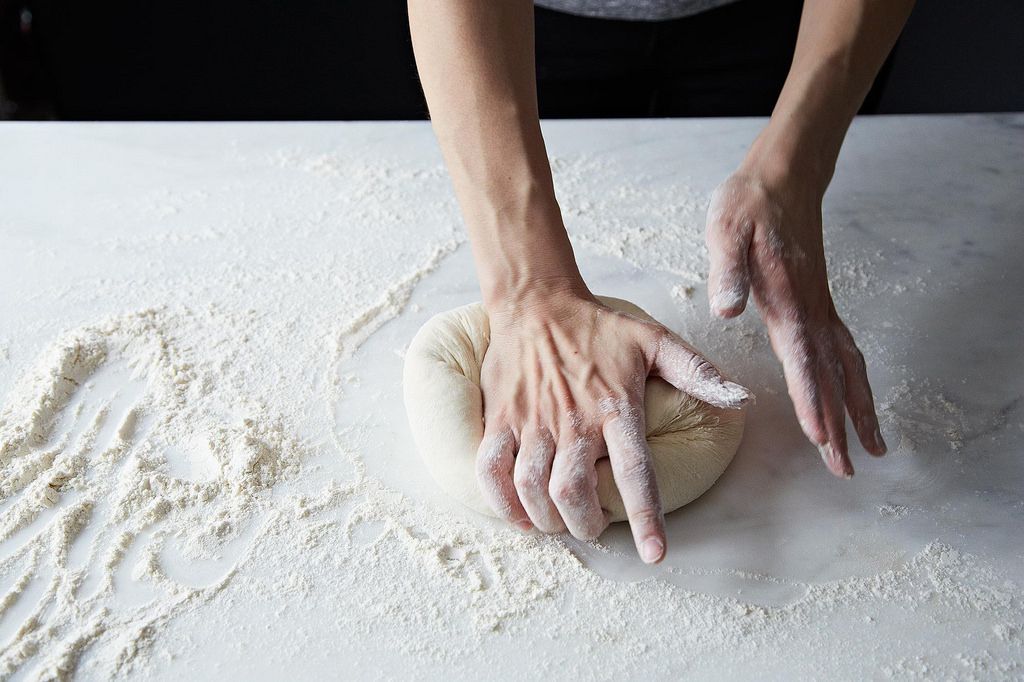
Plop it in a greased bowl, seal it with plastic, and park it in a cold oven (or microwave) for about 45 minutes. Its girth will double.
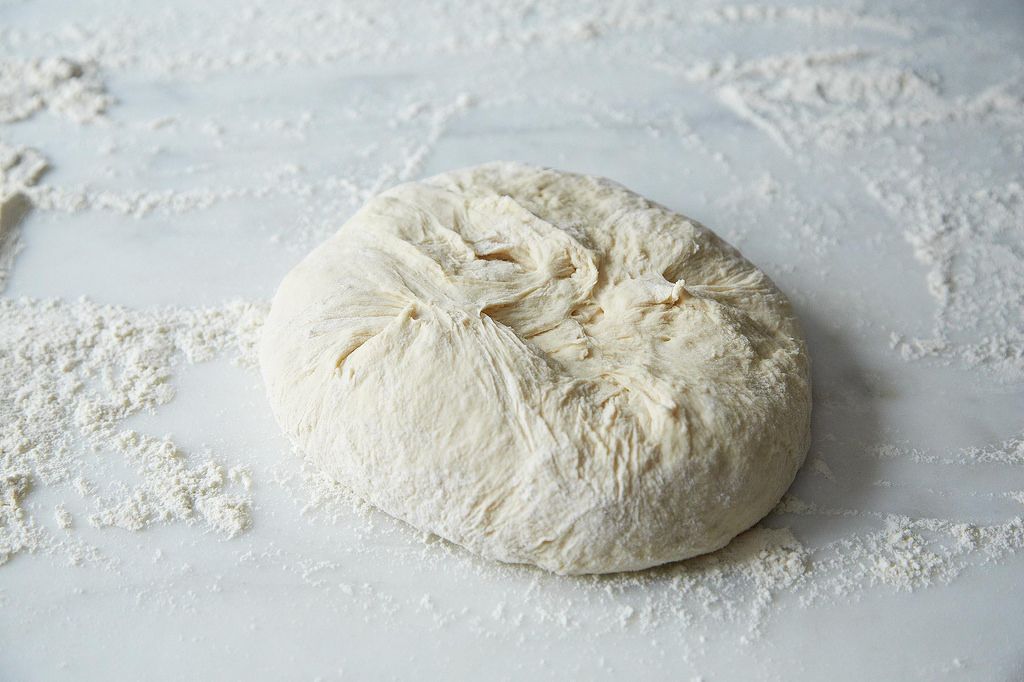

Fold it like a T-shirt, then put it back. Within an hour, it will double again.
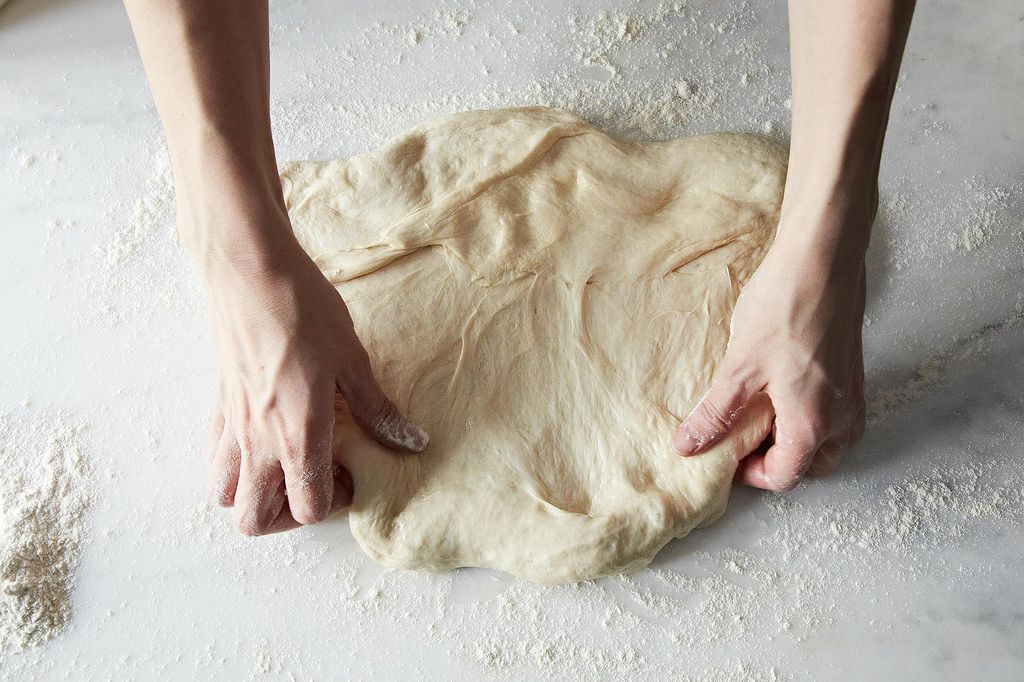
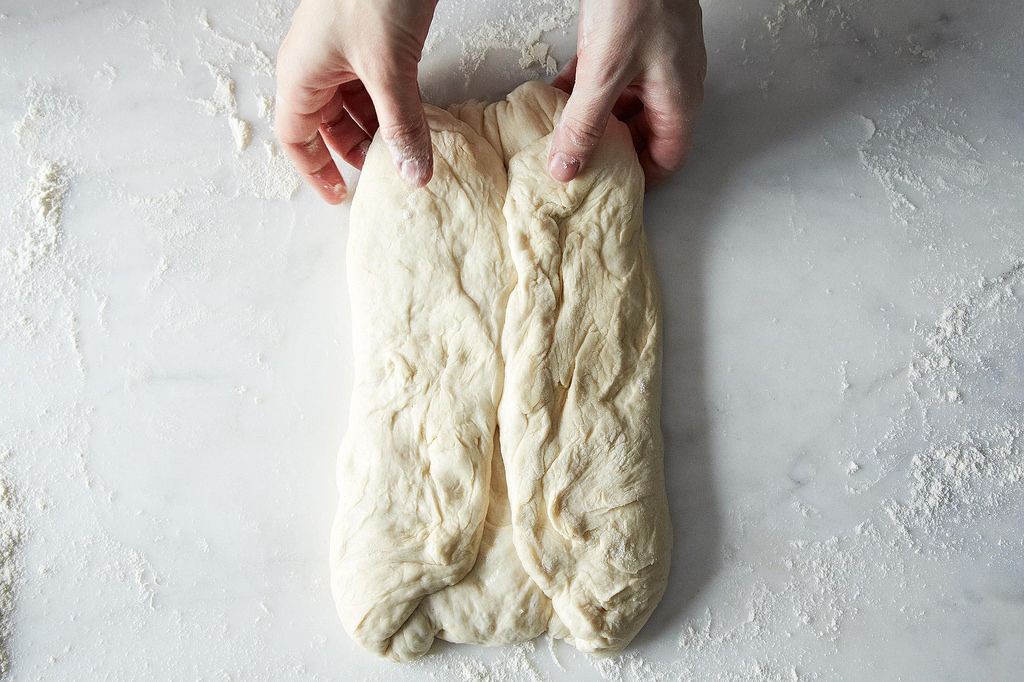
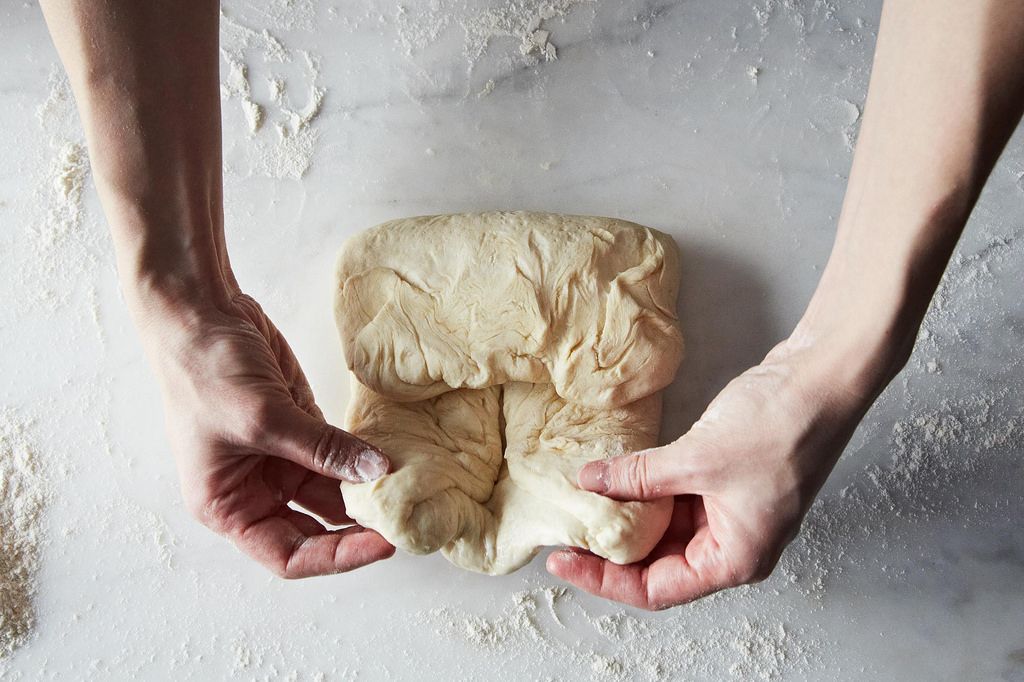
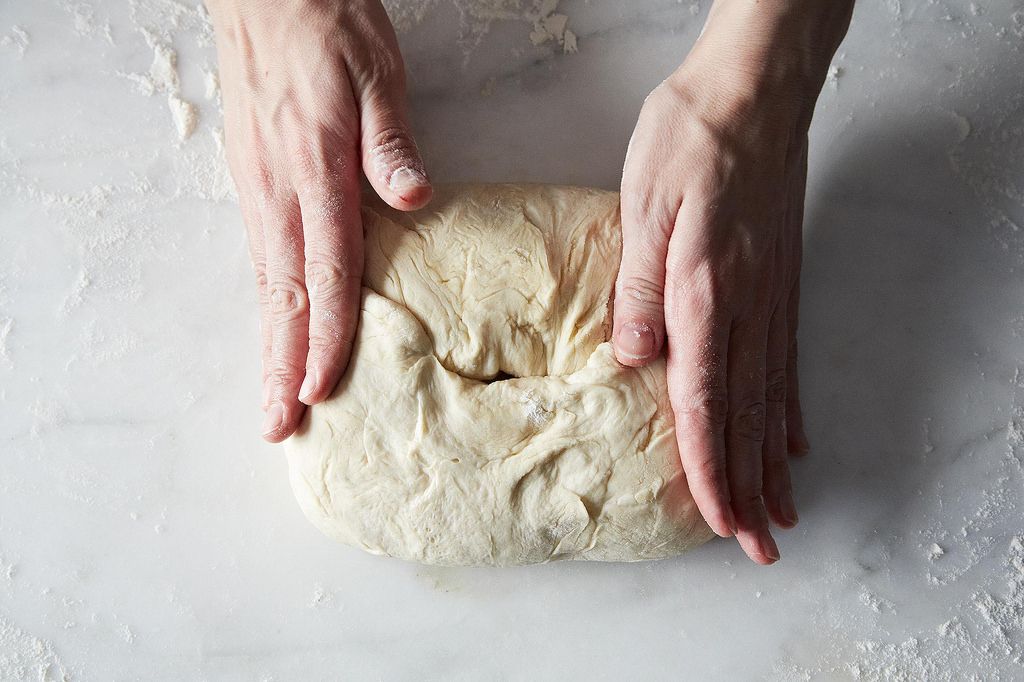
Now roll it into three baguette-like tubes. Don't use much flour -- a little sticking will help keep them from sliding around.
Line your tubes up on a floured piece of parchment, then scoot them together with parchment poking up between each tube of dough. Stick rolled towels on each side as ramparts, so the baguettes rise up, not outward in their last stint.
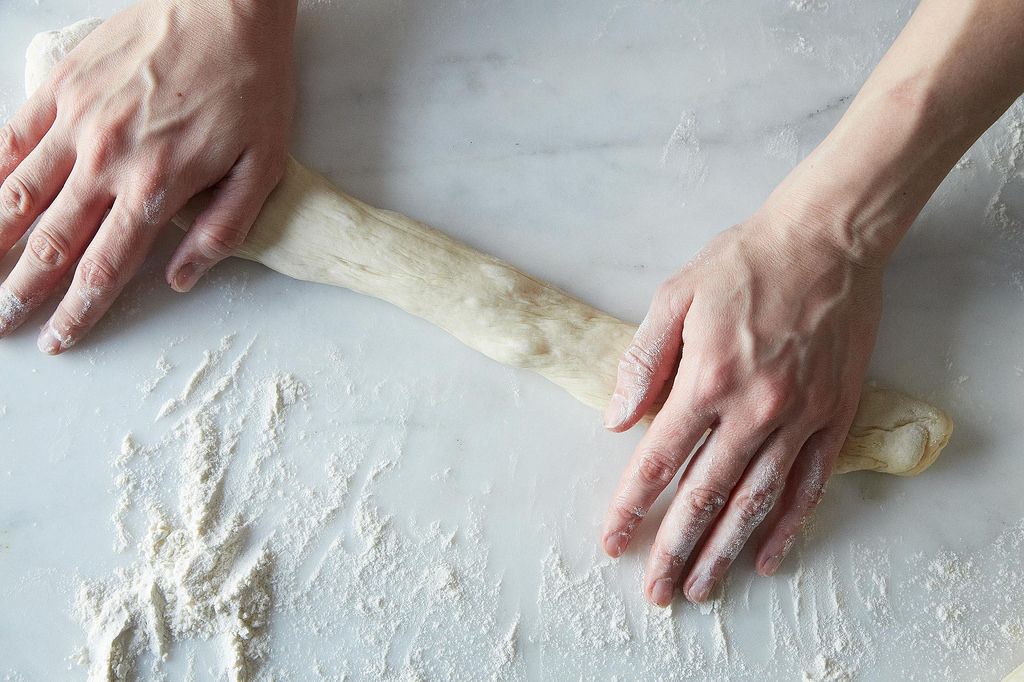
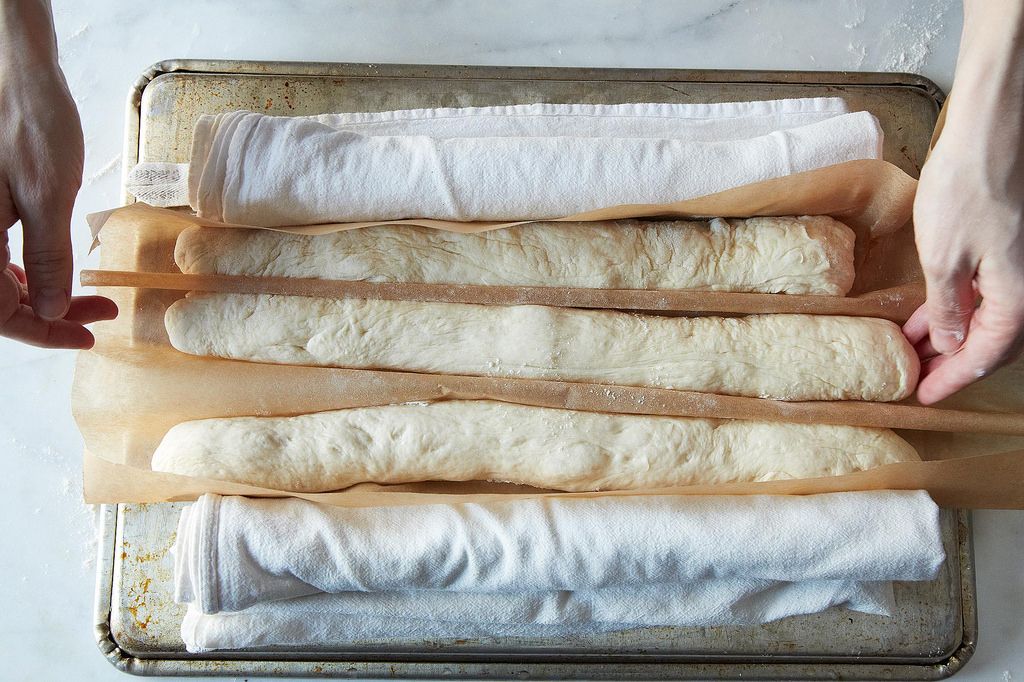
While they double again, heat your oven to 475° F, with a baking stone (or rimless or upside-down baking sheet) in the middle and a cast iron skillet in the bottom (you'll see why soon).
Once the baguettes are puffed and the oven is scorching, slash the tops with your fancy lame, or just snip them with scissors -- a trick I learned from our Test Kitchen Assistant, Erin McDowell. A knife that isn't razor sharp won't help you here.
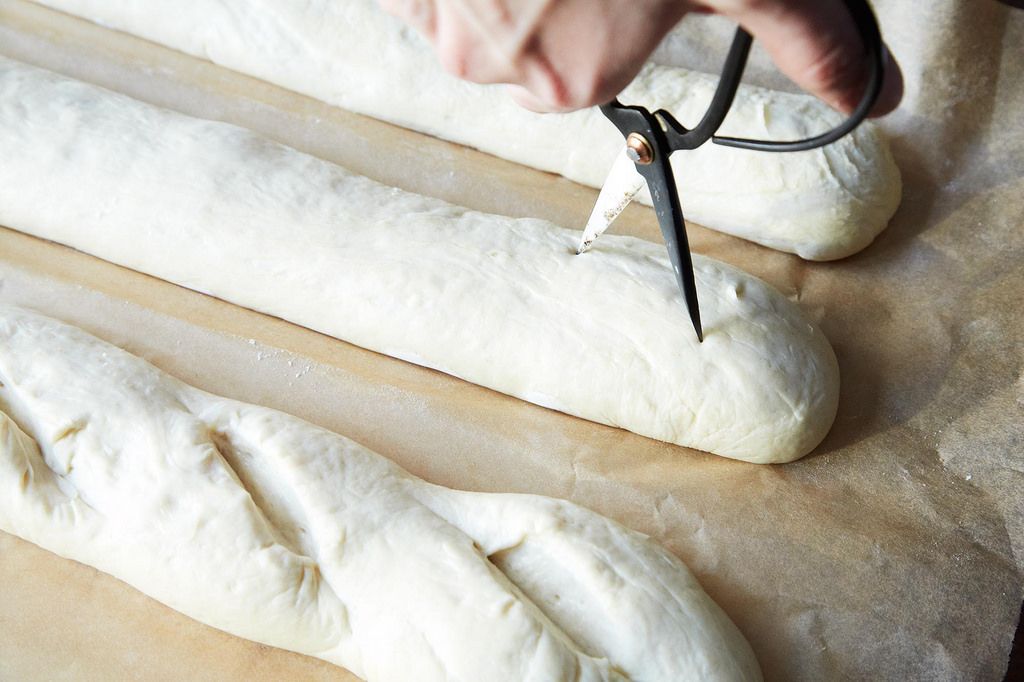
Now this is the only part that takes coordination -- pull out your middle oven rack, confidently slide the parchment with loaves onto the stone (or faux-stone), then tuck the rack back in and pour ice cubes into your hot skillet. Shut the oven and walk away. Set a timer for 20 minutes. This steam will help the loaves finish rising before the crust forms.
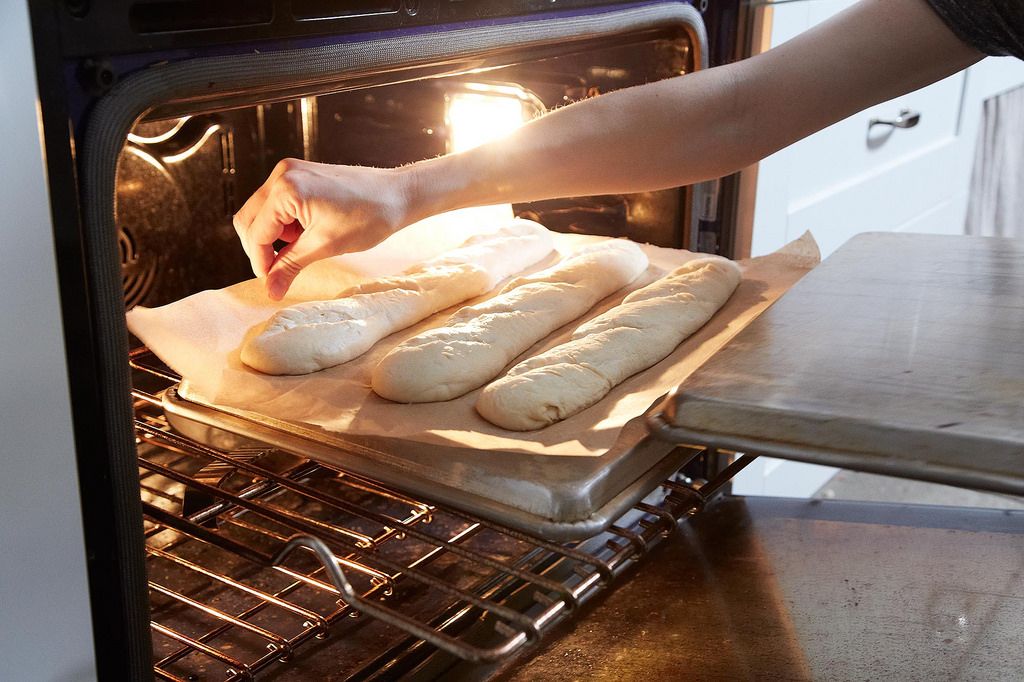
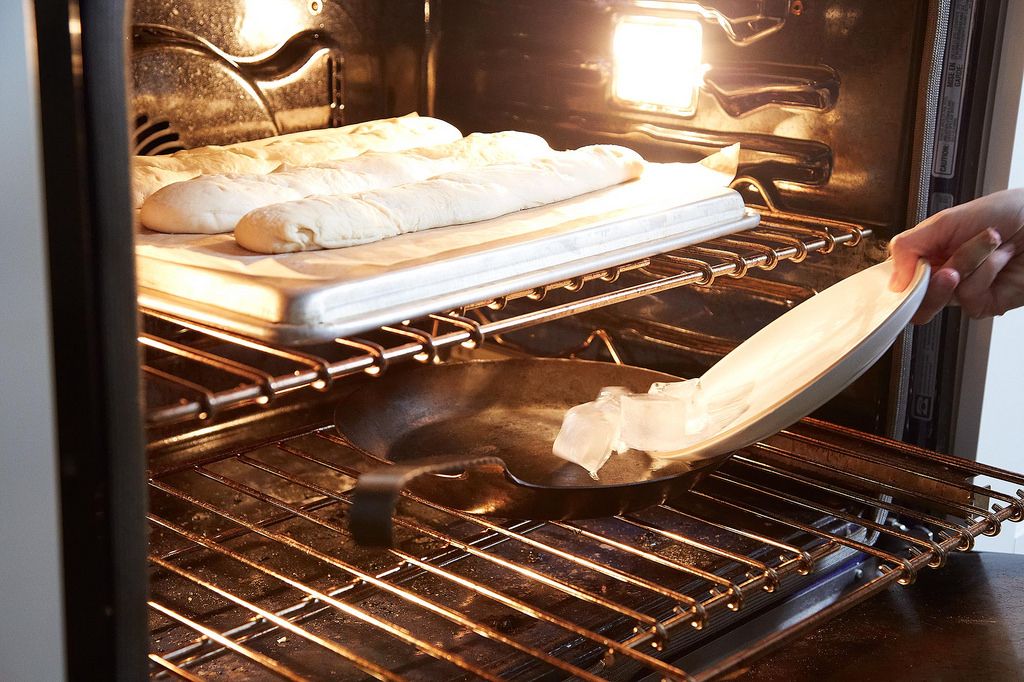
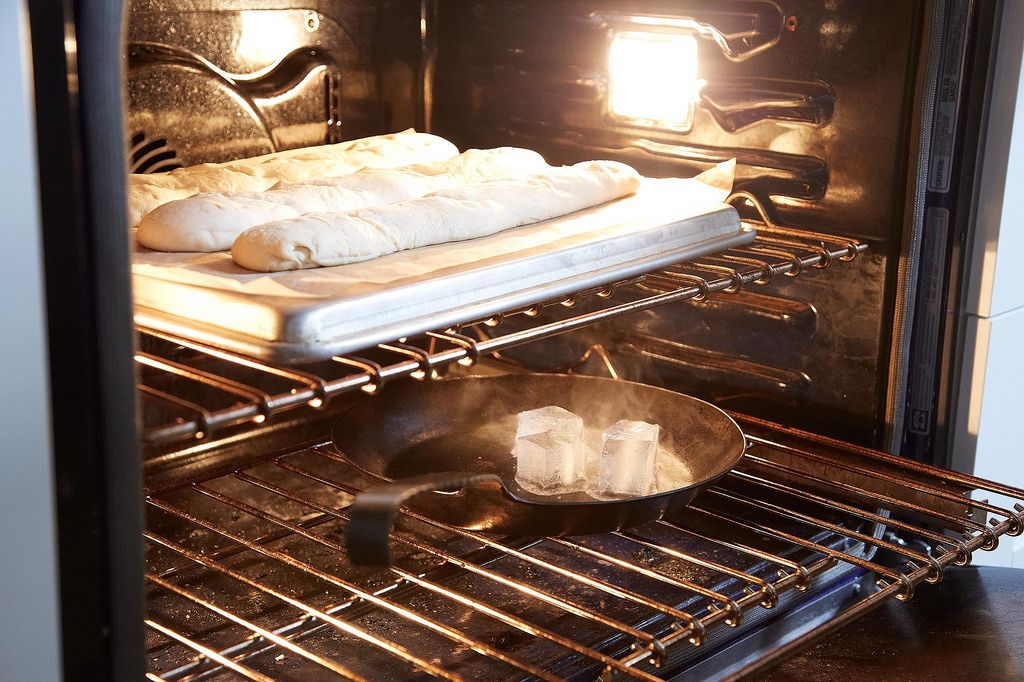
And what a crust it will be. Four hours ago, this was still flour in a bin and yeast in a packet. You brought it to life, with the hands you have, the bread experience you don't. And you'll do it again soon.
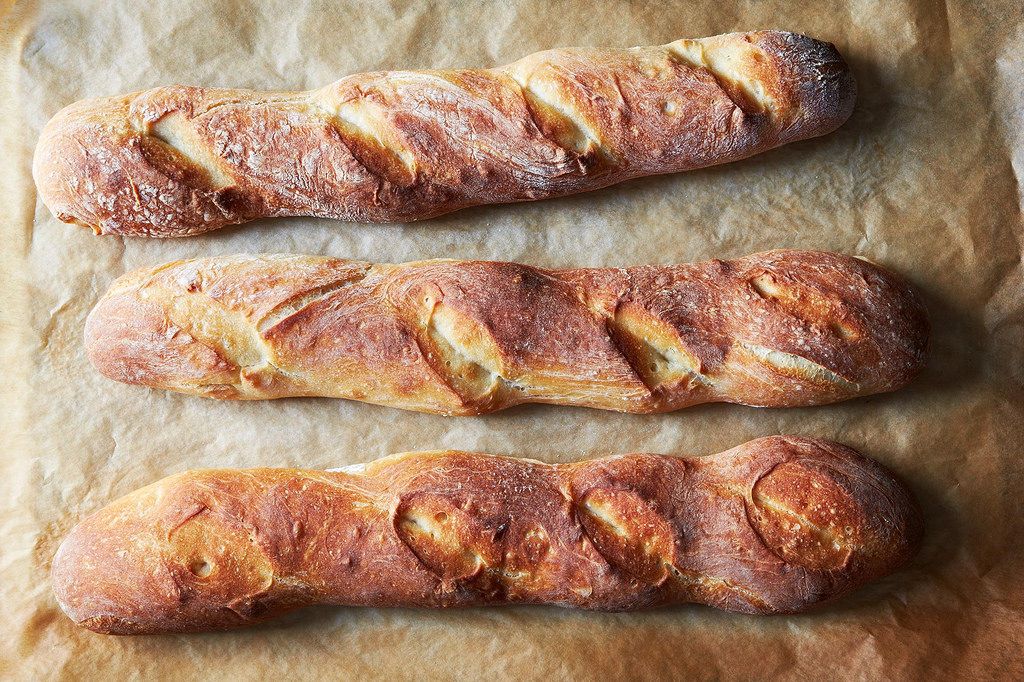
Dan Leader's 4-Hour Baguette
Adapted slightly from Local Breads (W. W. Norton & Company, 2007) and Saveur Magazine
Makes 3 baguettes
1 1/2 cups (12 ounces) tap water, heated to 115° F
1 teaspoon (1/8 ounces) active dry yeast
3 1/4 cups (14 2/3 ounces) all–purpose flour
3 teaspoons (3/8 ounces) Diamond Crystal kosher salt
Canola oil, for greasing bowl
1/2 cup ice cubes
See the full recipe (and save and print it) here.
Got a genius recipe to share -- from a classic cookbook, an online source, or anywhere, really? Please send it my way (and tell me what's so smart about it) at kristen@food52.com. Thanks to Food52 community member Ashley Marie for this one!
Photos by James Ransom




























See what other Food52 readers are saying.